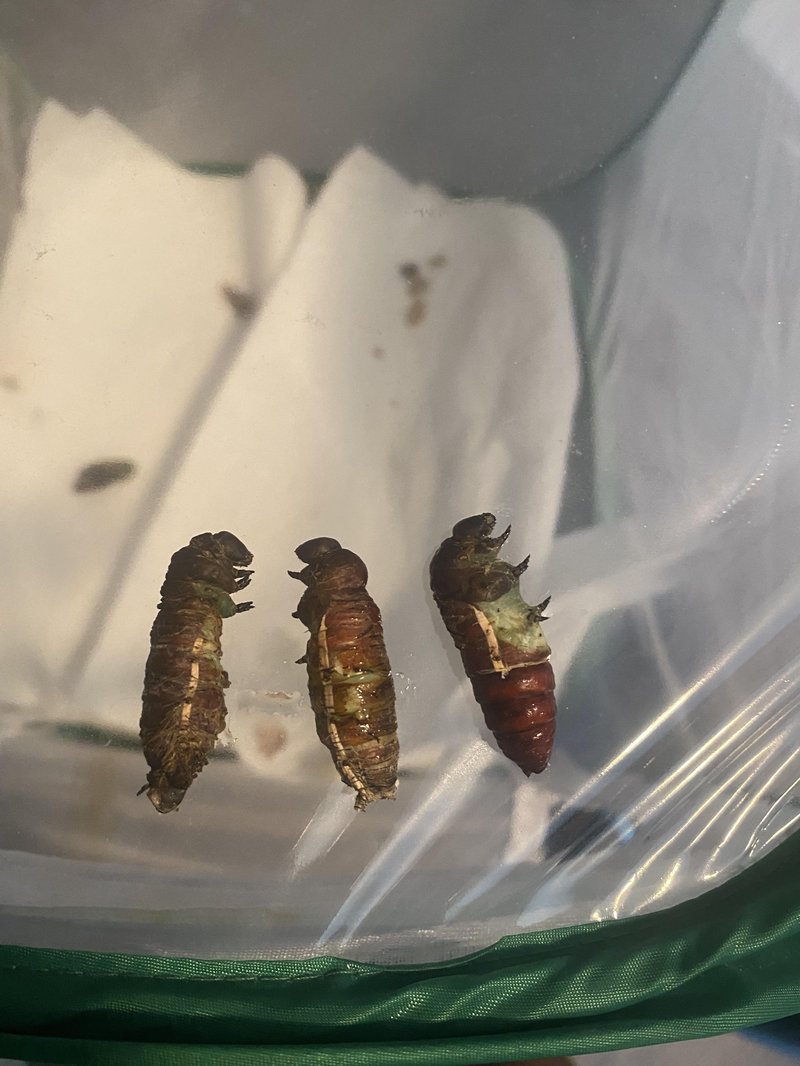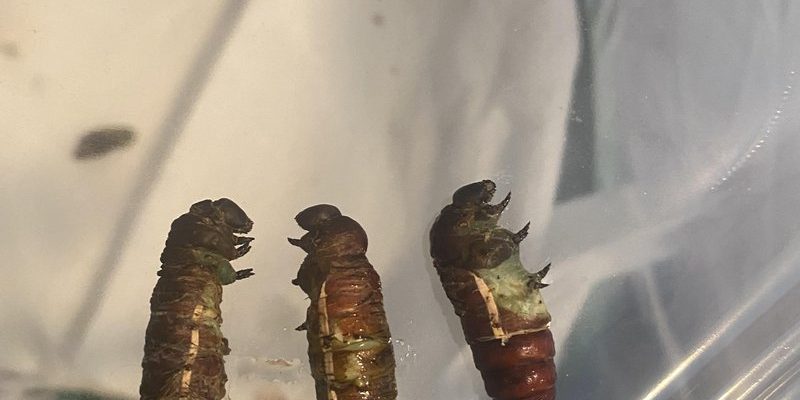
Imagine you’re planting a garden, but instead of just growing flowers or vegetables, you’re nurturing future moths. Just like you wouldn’t want your prized roses to be planted in rocky, dry soil, hornworms need the right environment for their pupation phase. The right soil conditions can make all the difference, so let’s dig in and explore what makes the best home for these little creatures during their transformation.
Understanding Hornworm Life Cycle
To appreciate the best soil conditions for hornworm pupation, it helps to understand where they come from and how they grow. Hornworms start life as eggs laid by a female moth. Once they hatch, the larva feast on host plants, especially tomatoes, peppers, and eggplants, growing rapidly. After they’ve had their fill, they’ll stop eating and look for a suitable spot to pupate.
When hornworms are ready to transition, they instinctively dig into the soil. This is where the magic happens. They enter a resting phase, surrounded by nutrients that prepare them for metamorphosis into moths. If the soil conditions aren’t right—say, it’s too hard or too wet—they may struggle, leading to unhealthy or unsuccessful pupation.
Why Soil Conditions Matter
Soil conditions play a vital role in the pupation of hornworms. Think of it like creating a cozy blanket fort for a child: it has to be comfy, snug, and well-constructed. For hornworms, the right soil conditions need to provide adequate moisture, temperature, aeration, and nutrients.
If the soil is too dry, hornworms might find it challenging to burrow down and could dehydrate. On the flip side, overly soggy soil can drown them. You really want to strike a balance. The ideal soil has a texture that allows for proper drainage while retaining enough moisture to keep those little guys happy. That’s why understanding soil types and their properties is so essential.
The Ideal Soil Texture
Soil texture is about the size of the particles—sand, silt, and clay. For hornworm pupation, a **loamy soil mix** is perfect. Loamy soil contains a balance of sand, silt, and clay, giving it a crumbly texture that’s easy to dig into. Here’s what you can look for:
- Sand: Promotes drainage and prevents soil compaction.
- Silt: Retains moisture and nutrients yet drains well.
- Clay: Holds moisture but can compact too much if not mixed properly.
Mixing these components properly creates an environment where hornworms can safely burrow and pupate without the risk of drowning or drying out. If you’re unsure about your garden soil, consider doing a texture test to see what you’re working with!
Moisture Levels: The Goldilocks Zone
When it comes to moisture levels in soil, hornworms are a bit like Goldilocks: they want it just right—not too wet, not too dry. The ideal moisture level is important for several reasons. First, it helps the hornworm easily dig down into the soil. Second, it ensures that they won’t desiccate during their pupation.
To keep the right moisture level, you could lightly mist the soil or cover it with mulch to retain moisture while allowing air to circulate. Always check the soil with your fingers; if it feels damp but not soggy, you’re on the right track. Here’s another tip: if you have a rain gauge, it can help track how much moisture your soil is getting.
Temperature: A Cozy Environment
Temperature is another critical factor for hornworm pupation. Ideally, soil temperatures should be between **70°F to 80°F (21°C to 27°C)**. This warm environment helps to accelerate their development into moths. If the soil is too cold, the pupation may stall, while excessively hot soil can lead to desiccation and death.
To maintain ideal temperatures, consider the location of your garden. If you live in a cooler climate, you might want to cover the soil with black plastic during the day to absorb sunlight. Conversely, if you’re in an overheated area, providing some shade can help prevent the soil from baking in the sun. Remember, you want to create a cozy nook for these future moths!
Soil Nutrients: A Boost for Transformation
Just as you wouldn’t feed a child junk food before a big event, hornworms need nutritious food to make the journey into moths. The soil must be rich in organic matter and nutrients to support their development. A good mix of compost can provide these necessary nutrients.
Compost helps improve soil structure, drainage, and fertility. Plus, it adds beneficial microorganisms that can aid in the pupation process. When preparing your soil, mix in well-rotted compost or aged manure to enrich the soil. If you want to make further improvements, consider adding organic fertilizers rich in phosphorus and potassium, as these nutrients are critical during the pupation phase.
Common Problems and How to Avoid Them
Even with the best intentions, things can go wrong in the soil. Some common problems include soil compaction, poor drainage, and nutrient depletion. Compacted soil can make it tough for hornworms to dig down, while poor drainage could lead to waterlogged conditions.
To avoid these issues, regularly aerate your soil before planting. A simple garden fork can do wonders in loosening compacted sections. If you notice your soil isn’t draining well, consider amending it with more sand or organic matter. If nutrient levels seem low, a quick application of compost can revive the soil and ensure it’s thriving.
Final Thoughts on Optimal Soil Conditions
Creating the best soil conditions for hornworm pupation is like preparing a home for a family. You need to think about their needs and what will help them thrive. By focusing on texture, moisture, temperature, and nutrients, you can foster a welcoming environment that supports these remarkable caterpillars during their transformation.
So, the next time you notice hornworms in your garden, don’t just think of them as pests. Instead, take a moment to appreciate their life cycle and the incredible journey they undertake. With the right soil conditions, you’re not just growing plants but nurturing life. Happy gardening!

